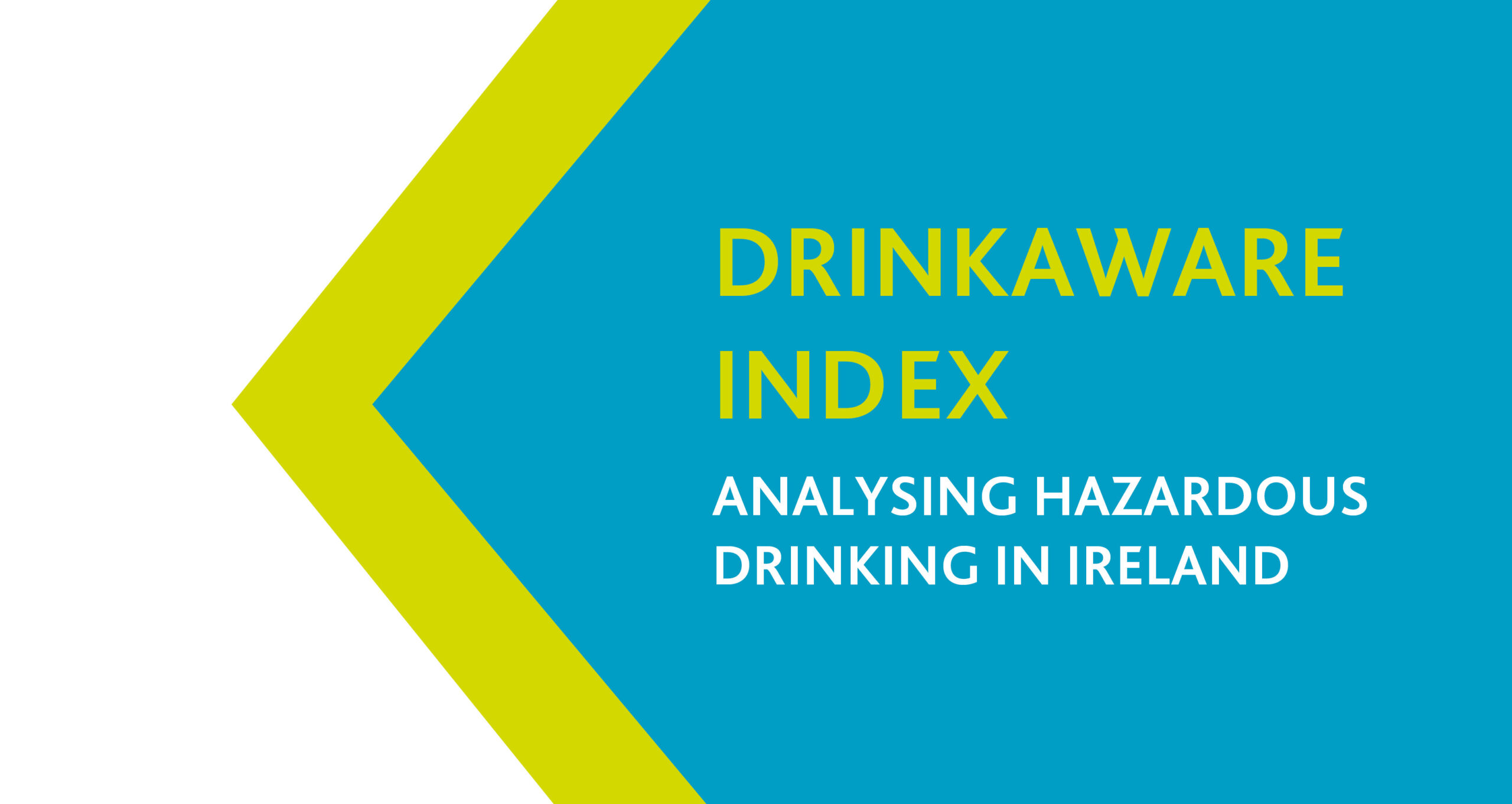The 2019 Drinkaware Index report, published today, identified two major risk-based groups within the drinking population: hazardous drinkers at increasing risk of dependency (21%) and a 23% group at potential risk of becoming hazardous drinkers[1]. Within the findings is a deep-rooted and broad acceptance of excessive drinking as our cultural norm, with 44% reporting weekly drinking.
UNDER 25S
The research, carried out by Behaviour & Attitudes with a nationally representative sample of 1,000 adults, also reveals particularly worrying trends in alcohol consumption in the under-25 age group.
- On average, the current generation of under-25s had their first alcoholic drink at 14.3 years, compared to the national average of 15.5 years.
- Over a third (34%) of under-25s report binge drinking on a weekly basis (six or more standard drinks in one sitting), vs 18% of the whole drinking population.
- 64% of under-25s drink as a coping mechanism[2], vs 50% national average.
GENERAL TRENDS
The 2019 Drinkaware Index shows that the majority of Irish adults have little to no awareness of what constitutes low risk drinking, while significant proportions (19%) engage in regular binge drinking sessions.
- Nearly all (98%) survey respondents could not identify the HSE weekly low risk alcohol guidelines. In particular, weekly drinking is habitual for 44% of Irish adults.
- 24% of Irish drinkers acknowledge that their current drinking levels may cause future health problems.
- 74% agree with the statement that drinking to excess is just a part of Irish culture – this sentiment is shared by all age groups and both sexes.
Commenting, Sheena Horgan, CEO of Drinkaware, said:
“The Drinkaware Index research highlights that a significant number of Irish adults are drinking at a level that may be putting their health at risk. Of particular concern is that these drinking habits appear even more embedded among younger people, with 64% of under-25s stating that they often drink as a coping mechanism.
“The negative impact of alcohol in Irish society is widely known, and both national data and international statistical comparisons are well cited and acknowledged. What however is less comprehensive, is published analysis on the motivational drivers, the behaviours and attitudes of Irish society towards alcohol across different demographics and ages.
“Qualifying the context in which alcohol is experienced – in terms of both consumption and environmental exposure – is critical if we are to understand the depth of the social problem we are trying to redress. The 2019 Drinkaware Index has quantified and exposed, for the first time, the collective complacency and cultural acceptance surrounding Irish drinking patterns.
“To get to the heart of the problem, we need to examine and reassess some of our deep-rooted cultural norms and wide acceptance that we are simply excessive drinkers by virtue of our national heritage.”
[1] Utilising the World Health Organisation’s Alcohol Use Disorder Identification Test (AUDIT).
[2] Coping mechanisms cited: ‘To cheer you up when you are in a bad mood or stressed’; ‘To forget about your problems’; ‘Because it helps you when you feel depressed or anxious’.
DEFINING HAZARDOUS DRINKING
Hazardous drinking is defined as when a person drinks over the recommended weekly low risk guidelines. It is also possible to drink hazardously by binge drinking (six or more standard drinks in one sitting), even if the guidelines are adhered to. Health problems directly related to alcohol may not have been experienced yet, but there is an increasing risk of experiencing problems in the future. (Source: hse.ie)


